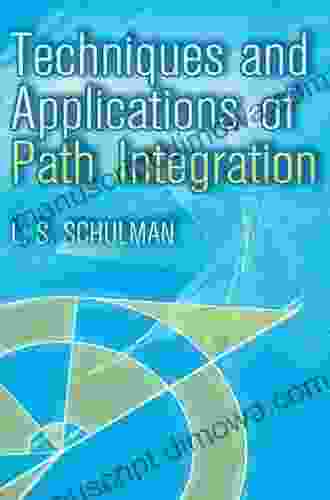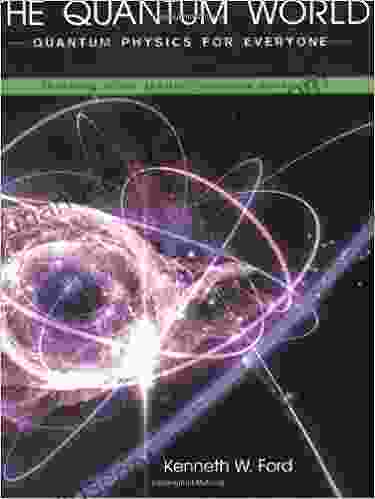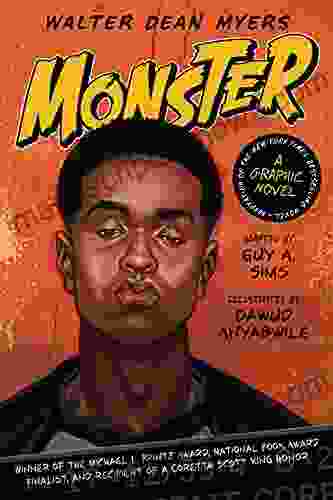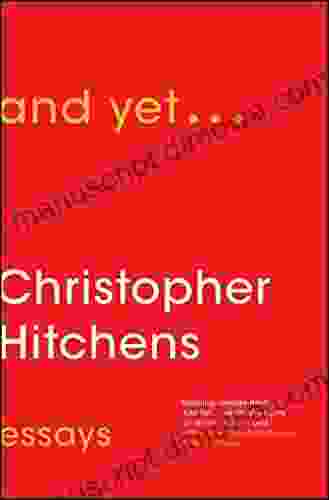Techniques and Applications of Path Integration: A Comprehensive Guide to Advanced Quantum Mechanics

In the realm of quantum mechanics, path integration stands as a groundbreaking technique that has revolutionized our understanding of the microscopic world. It enables physicists and mathematicians to explore the intricate interactions and dynamics of particles and systems, shedding light on the fundamental principles governing their behavior. This article delves into the fascinating world of path integration, exploring its history, principles, and far-reaching applications.
History of Path Integration
The concept of path integration was first introduced by the renowned physicist Richard Feynman in 1948. Frustrated by the limitations of conventional quantum mechanics, Feynman sought a more comprehensive and intuitive approach to understanding the behavior of particles. He developed path integration as a way to represent the evolution of a particle as a sum over all possible paths it could take.
4.7 out of 5
| Language | : | English |
| File size | : | 15730 KB |
| Text-to-Speech | : | Enabled |
| Screen Reader | : | Supported |
| Enhanced typesetting | : | Enabled |
| Print length | : | 448 pages |
| Lending | : | Enabled |
Feynman's original formulation of path integration was based on classical physics. However, it was later extended to quantum mechanics by Julian Schwinger and Shin'ichiro Tomonaga. Their work showed that path integration could be used to derive the Schrödinger equation, one of the most fundamental equations in quantum mechanics.
Principles of Path Integration
Path integration is a powerful tool that allows physicists to describe the behavior of particles by considering all the possible paths they could take. Each path is assigned a weight, or probability amplitude, that represents the likelihood of the particle following that particular path. The probability of a particle being in a particular state at a given time is then given by the sum of the amplitudes for all the paths that lead to that state.
Mathematically, path integration involves evaluating an integral over all the possible paths that a particle could take. This integral is known as the path integral. The value of the path integral is proportional to the probability of the particle following that particular path.
Applications of Path Integration
Path integration has found widespread applications in a variety of fields, including:
Quantum Field Theory
Path integration is a fundamental tool in quantum field theory, which describes the behavior of particles and fields at the subatomic level. It allows physicists to calculate the interactions and dynamics of particles, including the behavior of photons, electrons, and other fundamental particles.
Statistical Mechanics
Path integration can be used to study the behavior of complex systems composed of many particles. By integrating over all possible paths of the particles, it is possible to determine the thermodynamic properties of the system, such as its entropy and free energy.
Condensed Matter Physics
Path integration is used to investigate the electronic properties of materials. It can be used to calculate the band structure of crystals, which determines the electrical and optical properties of the material.
Polymer Physics
Path integration is used to study the behavior of polymers, which are long chain molecules. By integrating over all possible conformations of the polymer, it is possible to determine its physical properties, such as its elasticity and viscosity.
Techniques and Applications of Path Integration: Dover On Physics
The book "Techniques and Applications of Path Integration" by Dover On Physics is a comprehensive guide to the theory and applications of path integration. It provides a detailed to the subject, making it accessible to students, researchers, and practitioners alike.
The book covers a wide range of topics, including:
* The history and development of path integration * The principles and mathematical foundations of path integration * Applications of path integration in quantum field theory, statistical mechanics, condensed matter physics, and polymer physics * Advanced techniques in path integration, such as the loop expansion and the Instanton method
Path integration is a powerful and versatile technique that has revolutionized our understanding of quantum mechanics. It has enabled physicists to explore the intricate interactions and dynamics of particles and systems, and has found far-reaching applications in a variety of fields. The book "Techniques and Applications of Path Integration" by Dover On Physics is a valuable resource for anyone interested in learning more about this fascinating and important subject.
4.7 out of 5
| Language | : | English |
| File size | : | 15730 KB |
| Text-to-Speech | : | Enabled |
| Screen Reader | : | Supported |
| Enhanced typesetting | : | Enabled |
| Print length | : | 448 pages |
| Lending | : | Enabled |
Do you want to contribute by writing guest posts on this blog?
Please contact us and send us a resume of previous articles that you have written.
 Book
Book Novel
Novel Page
Page Chapter
Chapter Text
Text Story
Story Genre
Genre Reader
Reader Library
Library Paperback
Paperback E-book
E-book Magazine
Magazine Newspaper
Newspaper Paragraph
Paragraph Sentence
Sentence Bookmark
Bookmark Shelf
Shelf Glossary
Glossary Bibliography
Bibliography Foreword
Foreword Preface
Preface Synopsis
Synopsis Annotation
Annotation Footnote
Footnote Manuscript
Manuscript Scroll
Scroll Codex
Codex Tome
Tome Bestseller
Bestseller Classics
Classics Library card
Library card Narrative
Narrative Biography
Biography Autobiography
Autobiography Memoir
Memoir Reference
Reference Encyclopedia
Encyclopedia Charles Weaver
Charles Weaver Chris Townsend
Chris Townsend Christopher Cox
Christopher Cox Chelsea Vowel
Chelsea Vowel Frank Garmin
Frank Garmin Christine Beaulieu
Christine Beaulieu Kai Focke
Kai Focke Diana Hollingsworth Gessler
Diana Hollingsworth Gessler Chris Carlsson
Chris Carlsson Lynnaire Johnston
Lynnaire Johnston Chip Huyen
Chip Huyen Verena Lueken
Verena Lueken Rachel W Kirk
Rachel W Kirk Elena Simakova
Elena Simakova Che Jackson
Che Jackson Christian Boerger
Christian Boerger Jared A Snyder
Jared A Snyder Ronald R Willey
Ronald R Willey Christabel Bielenberg
Christabel Bielenberg Christian Sardet
Christian Sardet
Light bulbAdvertise smarter! Our strategic ad space ensures maximum exposure. Reserve your spot today!
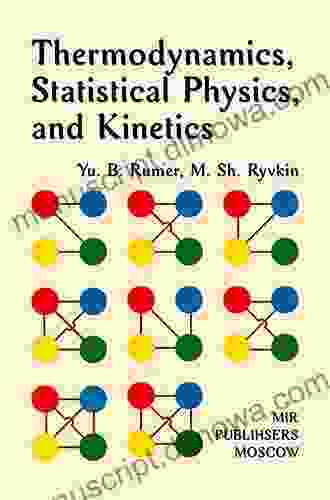
 Carl WalkerThermodynamics, Statistical Physics, and Quantum Mechanics: The Language of...
Carl WalkerThermodynamics, Statistical Physics, and Quantum Mechanics: The Language of... Anton FosterFollow ·11k
Anton FosterFollow ·11k Benjamin StoneFollow ·3k
Benjamin StoneFollow ·3k Jordan BlairFollow ·14.2k
Jordan BlairFollow ·14.2k Alvin BellFollow ·18.3k
Alvin BellFollow ·18.3k Christian CarterFollow ·7.7k
Christian CarterFollow ·7.7k Julian PowellFollow ·18.5k
Julian PowellFollow ·18.5k David MitchellFollow ·13.9k
David MitchellFollow ·13.9k Dylan MitchellFollow ·18.7k
Dylan MitchellFollow ·18.7k

 Frank Mitchell
Frank MitchellStep Onto the Dance Floor of Spanish Fluency with...
Are you ready to take a...
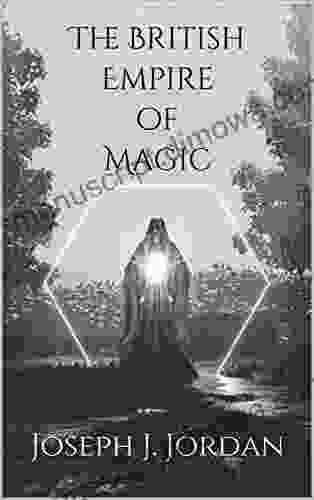
 Jarrett Blair
Jarrett BlairEscape into the Enchanting Realm of "The British Empire...
Embark on an Extraordinary Literary Journey...

 Gregory Woods
Gregory WoodsHitler Olympics: The 1936 Berlin Olympic Games
The 1936 Berlin Olympic Games...

 Philip Bell
Philip BellThe British Empire of Magic and the Dark Knights King: An...
In the tapestry of literary...
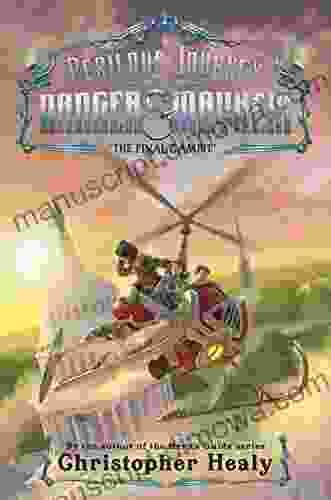
 Jacob Hayes
Jacob HayesPerilous Journey of Danger and Mayhem: A Thrilling...
In the untamed wilderness,...
4.7 out of 5
| Language | : | English |
| File size | : | 15730 KB |
| Text-to-Speech | : | Enabled |
| Screen Reader | : | Supported |
| Enhanced typesetting | : | Enabled |
| Print length | : | 448 pages |
| Lending | : | Enabled |


